Erica Reade: Discovering the Artistic Voice
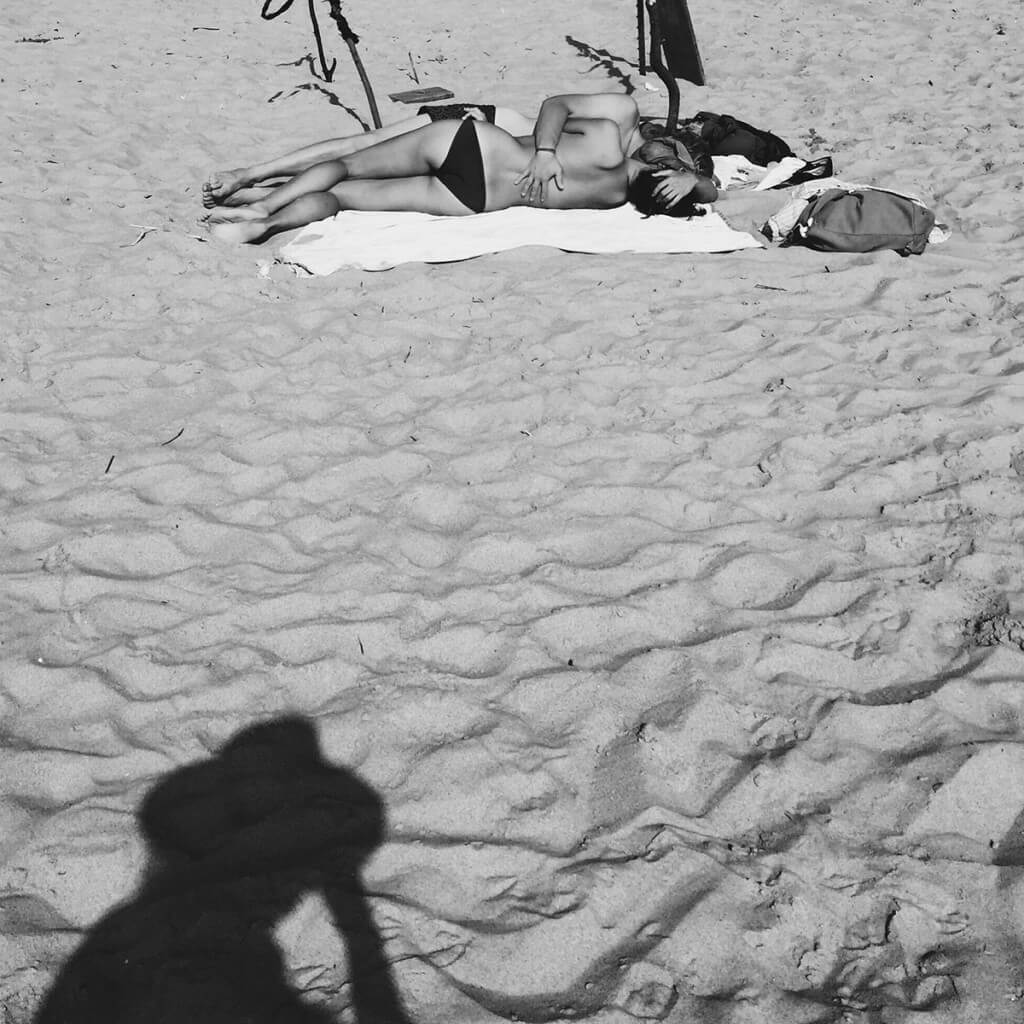
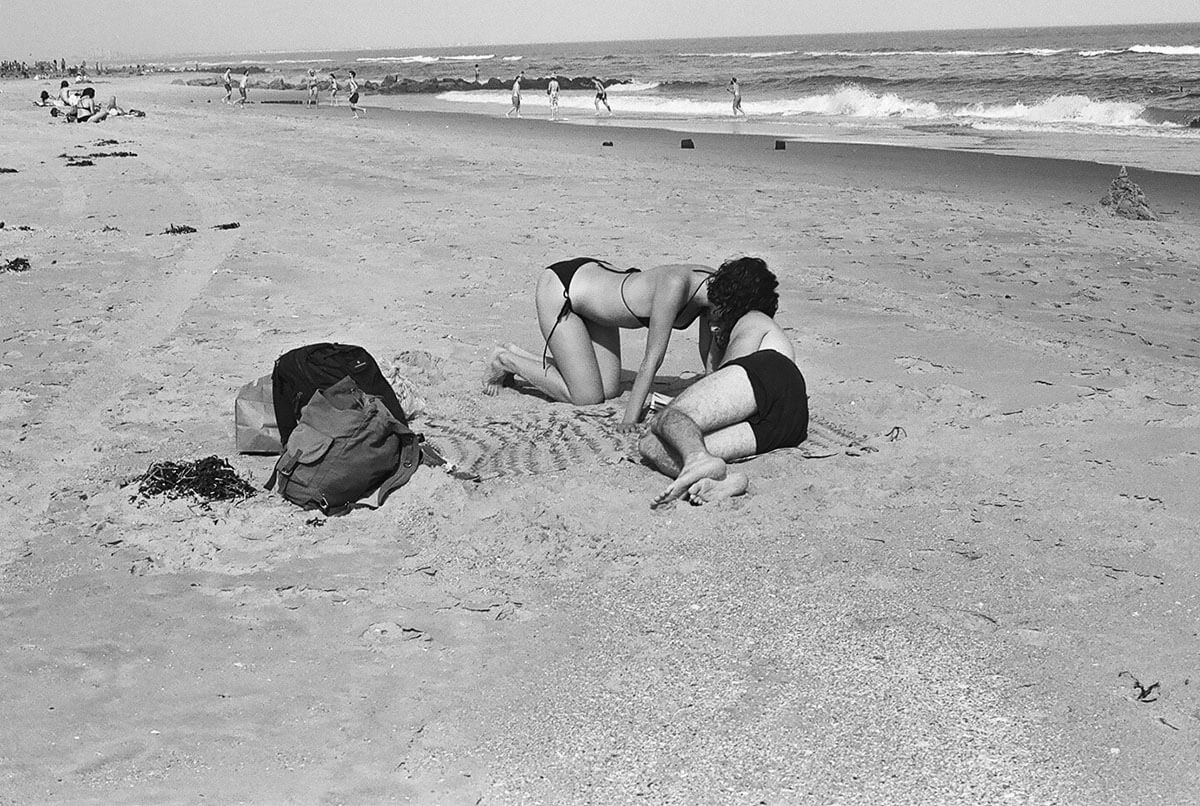
Born in Montreal, Canada, photographer Erica Reade currently resides in Brooklyn. She exhibited at Frontrunner Gallery in 2011 and wrote a very personal essay titled “A Tribute to the Rockaways” for the magazine. Like many, she has experienced the highs and lows of being an artist in New York City. After years of photographing urban scenes and subjects, Erica turned to one of her greatest loves, the beach, for inspiration. In doing so, she discovered her artistic voice in her latest series titled Beach Lovers.
The beach is a recurring theme in your work. What first drew you to the subject? How does it inspire your photography?
The energy in New York City is so intense. For me, the beach has been a needed respite from the city. I think the ocean is one of the most therapeutic things we have access to and do not have to pay for. It’s where I break to have some time by myself, and just get lost walking up and down the shore for hours.
It was a natural evolution to start using the beach in my photography. I was shooting in New York City a lot when I first moved here. After a few years, I didn’t think that I was producing very good work. As a beach lover and surfer, I was already going to the beach a lot during my free time. Then Hurricane Sandy hit, and I started volunteering at the Rockaways. I brought my camera and documented what was happening. I started showing the Sandy photographs and the response was very positive.
Rockaway residents know they have a community out there, but no one really associates New York City with beach culture. This culture really interested me and I continued to shoot there after the Hurricane Sandy period. It has been a great subject to explore. We tend to think of Coney Island as the go-to beach in New York for iconic photography. So the Rockaways, for me, have been inspiring to shoot because the area feels somewhat uncharted and less known.
Can you tell me about your current project Beach Lovers?
While I enjoyed shooting the beach landscape because it is beautiful, I find it less challenging than shooting people. I stepped outside my comfort zone and shot some photos of couples in intimate moments on the beach. These images evolved into the Beach Lovers series.

Relative to my past work, these photos have received the best response. For example, I applied to be a member of a photo gallery last winter and was not accepted. They said that I had good work, but that I did not have a clear voice and needed to go out and find it. With Beach Lovers, I knew this was where my voice was going to be. I reapplied to the gallery in September and was accepted. That was affirmation that it was a strong series. I had to keep working on it. Beach Lovers also challenges me. I have always been a shy street photographer. I have shot a lot of couples and the images do not always come out the way I want, or I might be too timid to approach people in the first place. For me, it is like bringing street photography to the beach. The project is definitely going to challenge me for years to come, and I am very excited about that.
What do you want to capture in these photographs?
I have always had my eye out for couples and affection since living in New York City. People can be very jaded here about love, or finding love in the big city. There is this extra level of intimacy that people engage in on the beach that I have not seen anywhere else. Maybe because they are already in their bathing suits and it’s hot. The towel becomes this little private island. It is a little voyeuristic of me at times, but I find it interesting to observe how people adopt this mini-vacation attitude, even on New York beaches. Like you can just leave the stress of the city behind. People get hot and heavy sometimes – I don’t always photograph this – or fall asleep in awkward poses. Seeing this, you wouldn’t think the beach is actually a public park. I like to see the limits and boundaries couples are pushing that they would not do in any other environment.
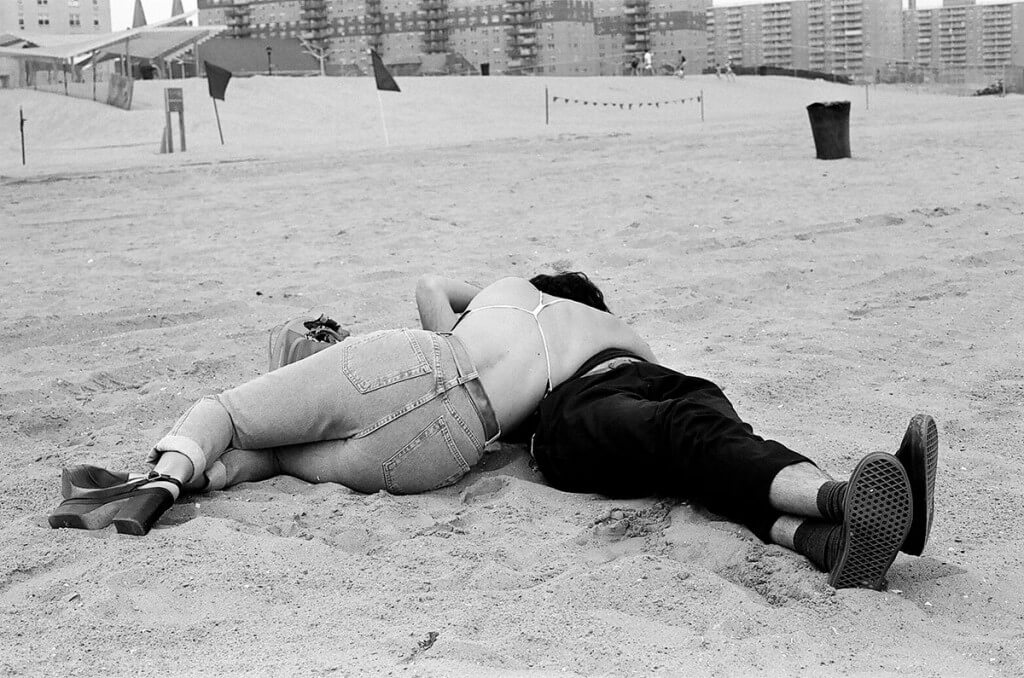
It sounds like your just getting started. Where do you see Beach Lovers going?
Looking forward, I want to get a firm New York series established. But I also want to take the project national and international. I would love to see how human interaction is in other parts of the world by asking the question “What does love look like?” I also want to diversify the couples. It was easy shooting younger couples at the Rockaways and Fort Tilden. I want to bring in couples of all ages. What does intimacy and affection look like in your 60s and 70s? Young teens are sweet too.

I plan to keep the project to the beach environment. I have observed a human behavior that changes at the beach. There is something different about how we interact with each other there, especially how couples interact. I am looking for something specific that just does not happen on the subway or in a park.
This past summer, I was getting my foot in the door with this project. I am really excited and still have so much work to do with it.
You are an avid traveler and have photographed places all around the world. How does constantly being behind a camera influence your experience of a place and its culture and people?
After graduate school, I was very fortunate to work at an international women’s rights organization. It was so exciting to be all over the world at such a young age. I felt that I had no choice but to take photos, because everything was just so different from what I had ever experienced. Also, having studied international development, I was aware of people’s preconceived notions of places like South America and Africa being dangerous. I wanted to take photos that showed these places were nothing like the scary stories we were hearing.
I do wrestle with the conflict of whether I should take a moment and put my camera down, or do I need to constantly be taking photos. I think for me, having my camera on trips allows me to take in more, and truly appreciate where I am. Looking at the photos later, I can vividly remember what was going on at that moment. Photography has created this great visual diary for me over the past 10 years.
You have been living in New York City for the last 10 years. As a photographer, what do you find most inspiring about the city? Or are you completed worn-out at this point?
I had a 7-year itch, but I am at a point where I am in love with the city again. What inspired me when I first moved here was that it keeps changing. And there is an energy here that is just so addictive. I have been all around the world and you do not find what New York City has anywhere else. It is cliché to say, but it is so true.
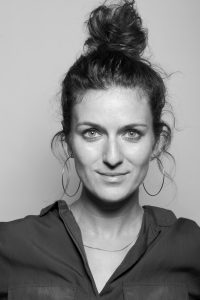
Also, the great community of artists here inspires me. Yes, we are all struggling because the city is getting so expensive. But at the same time, there are so many opportunities to collaborate, show your work, and run your ideas by people. It does not matter if your photo is hanging in a tiny café or an amazing gallery. Because when you finally get those breakthroughs, everything is worth it to be here. I am so grateful, and do not know if I would find the same caliber anywhere else.
It can be discouraging how competitive and cold being an artist can be. Like when you get rejected or fail again, you are just like, “What am I doing here?” But when you do not give up and hit a little jackpot, you are like “Ok, this is why I stuck it out.” This is how the Beach Lovers series felt to me. I was going through a rough period. Then suddenly it was like ‘click,’ and things started feeling really good again.
You are very involved in social issues, particularly anti-violence, youth development, women’s empowerment and human rights. How has being an artist allowed you to become more active and raise awareness and support for these causes?
These issues have been important to me since I left high school. I have been studying and working in the field since undergrad. However, I have not delved into using my photography to document those issues yet. I think it is because I have used my photography as a respite from those issues. Photography has been a way for me to escape the violence and oppression that I know is going on in New York and the rest of the world. It is very easy to burn out in this line of work. I would like to sink my teeth into a hard issue at some point, but am still thinking about how to approach it.
This being said, the organization that I have been working with for the last 5 years, Leave Out Violence, is a media arts based organization. We teach photography and filmmaking to teenagers who have been affected by some form of violence. I talk to kids and get them excited about photography. Then they go out and document their own stories and lives. I help them produce their photo essays and photo projects, which are presented in youth exhibits in the city. In a sense, this is how my activism comes out. I am able to pass on my passion for photography, but also turn an anti-violence and anti-oppression lens on it for young people. They are the most digital savvy generation, but they are not always aware how this knowledge could empower them, or be used as a tool for advocacy and activism.
Why were you motivated to found the Camera of the Month Club?
I founded Camera of the Month Club in 2014. That year, I was feeling creatively stuck, really isolated and alone. I took one photo class and it helped, but I did not leave feeling connected to any sense of community. I did not have the money to go to ICP or SVA, but wanted to be around other photographers. I also like to shoot in different formats; I shoot with a Polaroid camera, a 35 mm film camera, a digital camera, and my Iphone. The thought occurred, “Why don’t I find other people who like shooting with different cameras and put a group together?” I sent out a mass email, created a meet up group, and got some people excited. At first, we were very strict about the concept of “camera of the month” and “assignment of the month.” Soon, we started to feel the homework and restrictions were too punitive.
Now, Camera of the Month Club is more a place where we can bring our portfolios to be reviewed, provide encouragement, and urge each other to deepen a project we are really passionate about. I have brought Beach Lovers in 4 or 5 times now. Also, New York City can be restrictive if you do not have a lot of money. The Camera of the Month Club has become an affordable place for people to grow artistically while building friendships with other photographers. And committing to showing our results each month really pushes us to get out there and consistently make work.
We are growing and it is exciting. We meet every month at SoHo Photo Gallery in Tribeca. We had our first show in October 2015, and are planning another group show for fall 2016.
What do you have planned for Spring/Summer?
I am Canadian and applied for a working artist visa last fall. I am currently working with a sponsor from an art agency who has organized a series of pop up solo shows for artists in the program. I have a one-night pop up show scheduled for April 15 at a space in Dumbo, the weekend of my birthday. I am excited about that.
In the summer, my plan is to focus on Beach Lovers and shoot with a lot more direction. I would like to see how the series develops in varying places and environments. I am especially motivated because the work I produce this summer will be presented in a solo exhibition at Ground Floor Gallery in Brooklyn in the fall. I would like to make a book from the series at some point. Beach Lovers is going to be the project that I put all of my energy into this year.





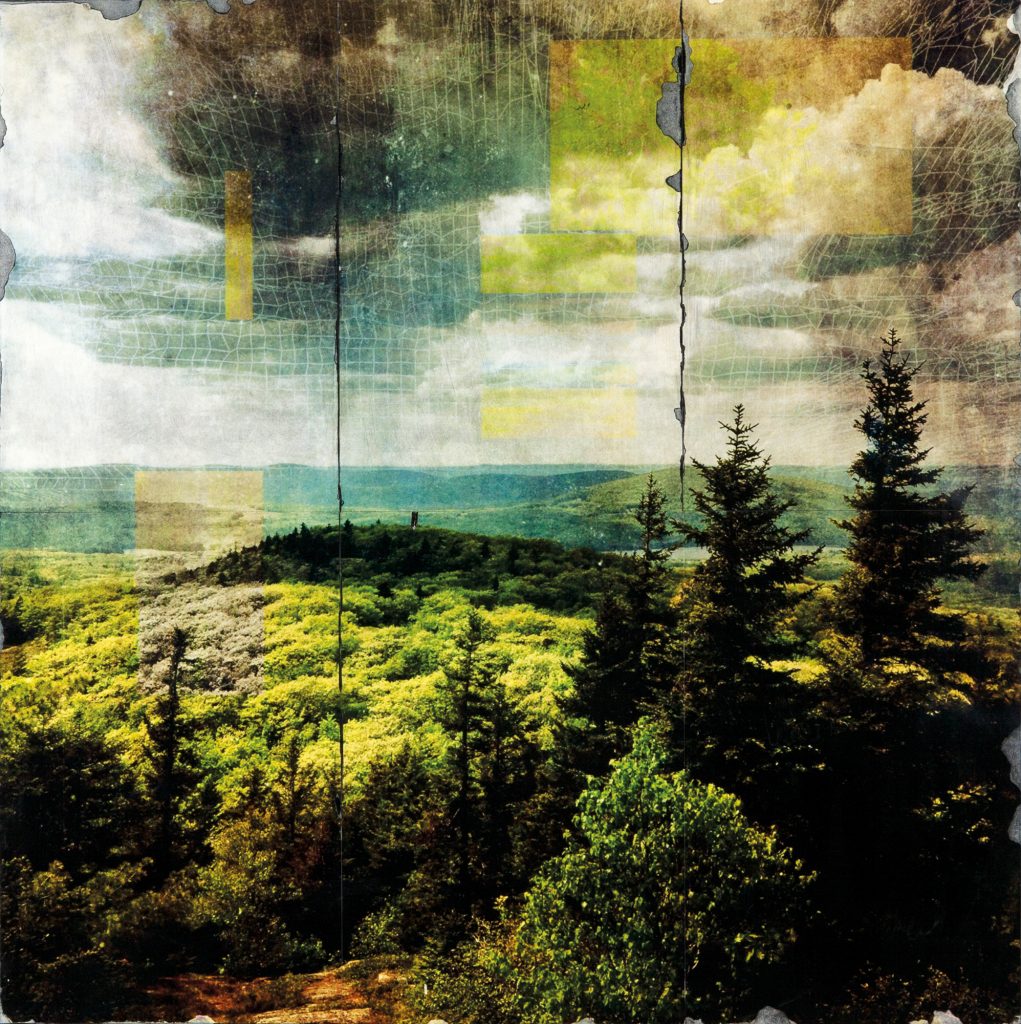

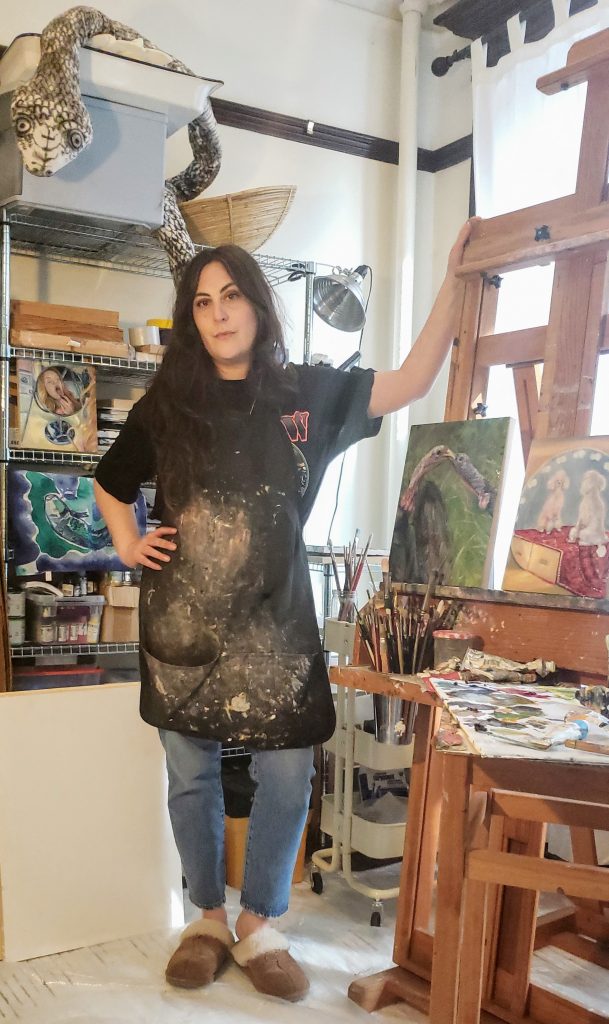

Responses